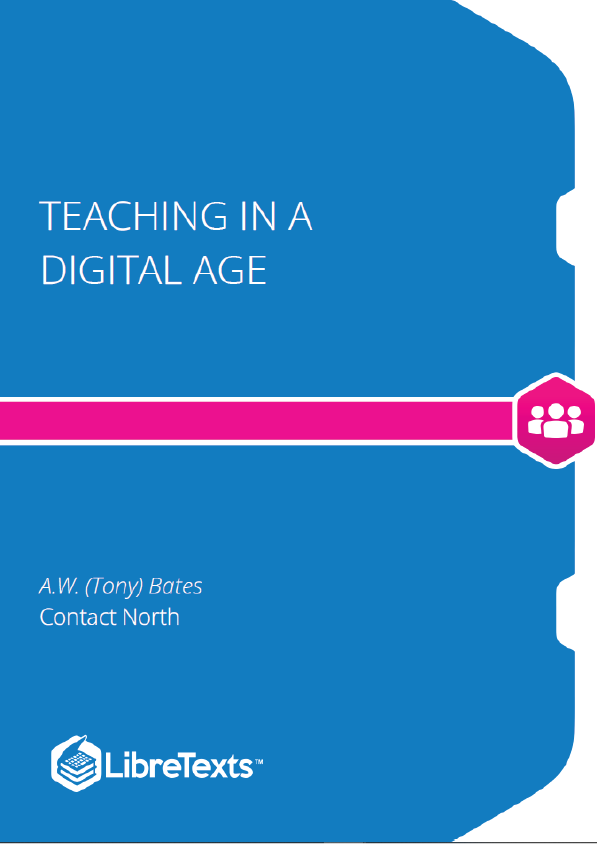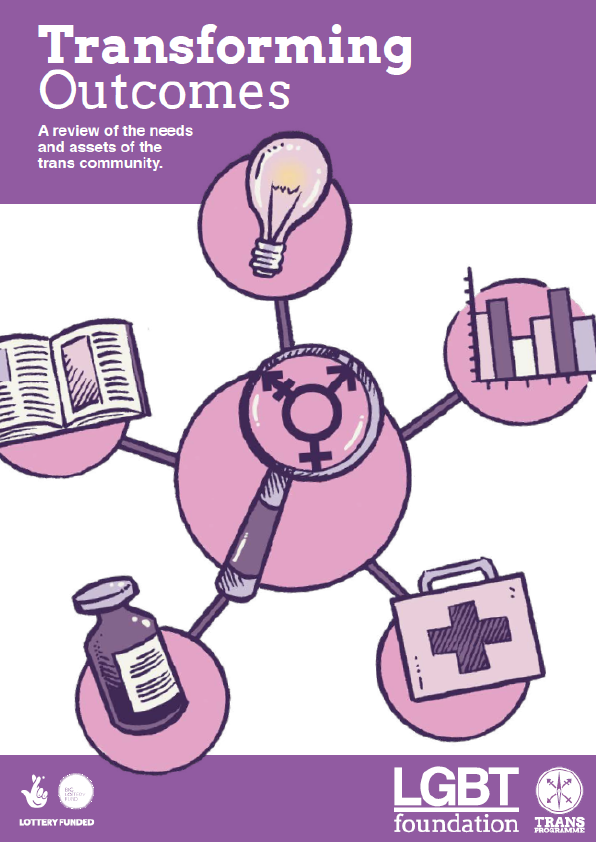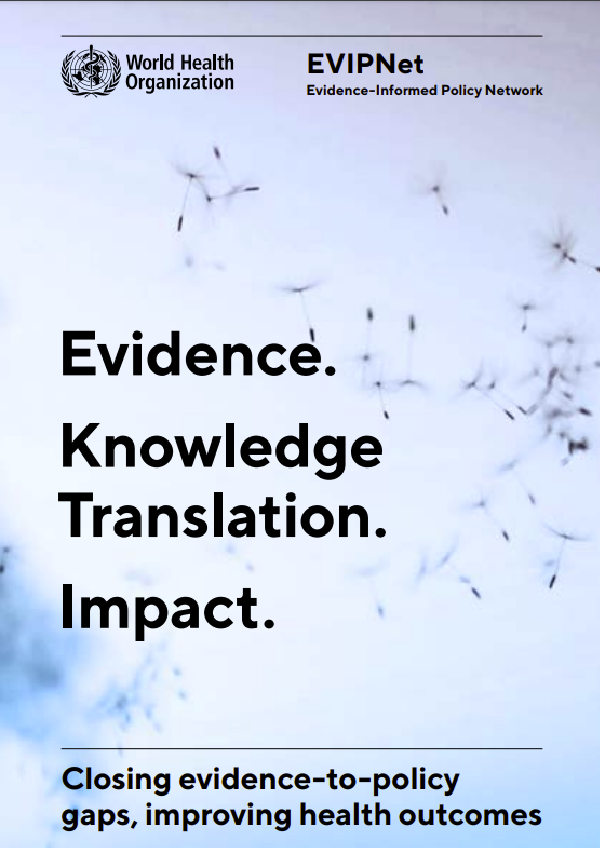The book examines the underlying principles that guide effective teaching in an age when all of us, and in particular the students we are teaching, are using technology. A framework for making decisions about your teaching is provided, while understanding that every subject is different, and every instructor has something unique and special to bring to their teaching. The book enables teachers and instructors to help students develop the knowledge and skills they will need in a digital age: not so much the IT skills, but the thinking and attitudes to learning that will bring them success.
In a digital age, we are surrounded, indeed, immersed, in technology. Furthermore, the rate of technological change shows no sign of slowing down. Technology is leading to massive changes in the economy, in the way we communicate and relate to each other, and increasingly in the way we learn. Yet our educational institutions were built largely for another age, based around an industrial rather than a digital era.
Thus teachers and instructors are faced with a massive challenge of change. How can we ensure that we are developing the kinds of graduates from our courses and programs that are fit for an increasingly volatile, uncertain, complex and ambiguous future? What should we continue to protect in our teaching methods (and institutions), and what needs to change?
To answer these questions, this book:
- discusses the main changes that are leading to a re-examination of teaching and learning;
- identifies different understandings of knowledge and the different teaching methods associated with these understandings;
- analyses the key characteristics of technologies with regard to teaching and learning;
- recommends strategies for choosing between media and technologies;
- recommends strategies for high quality teaching in a digital age.
In this chapter I set out some of the main developments that are forcing a reconsideration of how we should be teaching.
The changing nature of work
Of the many challenges that institutions face, one is in essence a good one, and that is increased demand, particularly for postsecondary education. Figure 1.1.2 below represents the extent to which knowledge has become an increasingly important element of economic development, and above all in job creation.
- What kind of jobs are graduates in your subject discipline likely to get? Can you describe the kinds of skills they are likely to need in such a job? To what extent has the knowledge and skills component of such work changed over the last 20 years?
- Look at the family members and friends outside your academic or educational field. What kind of knowledge and skills do they need now that they didn’t need when they left school or college? (You may need to ask them this!)
- Exactly how are you assisting your students develop such skills through your teaching? Is this centre or peripheral to your work? Is this part of your job – or someone else’s?











